Similar Posts
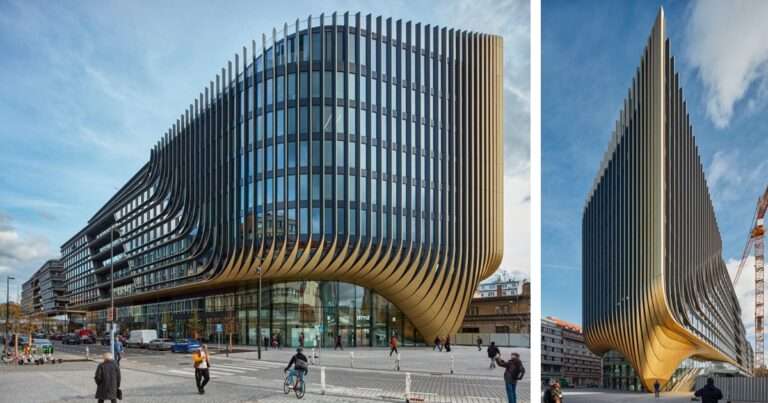
Zaha Hadid Architects Unveils Undulating Masterpiece in Prague
Jessica Stewart is a Contributing Writer and Digital Media Specialist for My Modern Met, as well…
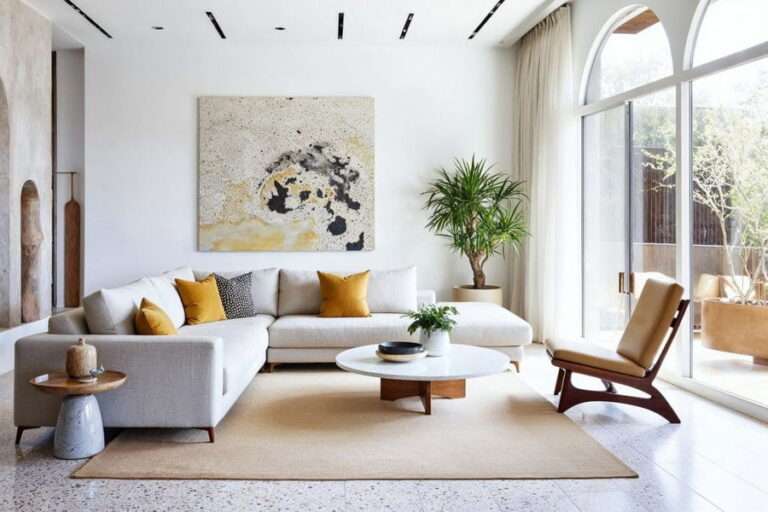
What is Terrazzo? Creative Ways to Use Terrazzo Decor at Home
Ever wondered what is terrazzo made of and what makes it so mesmerizing? This timeless material…
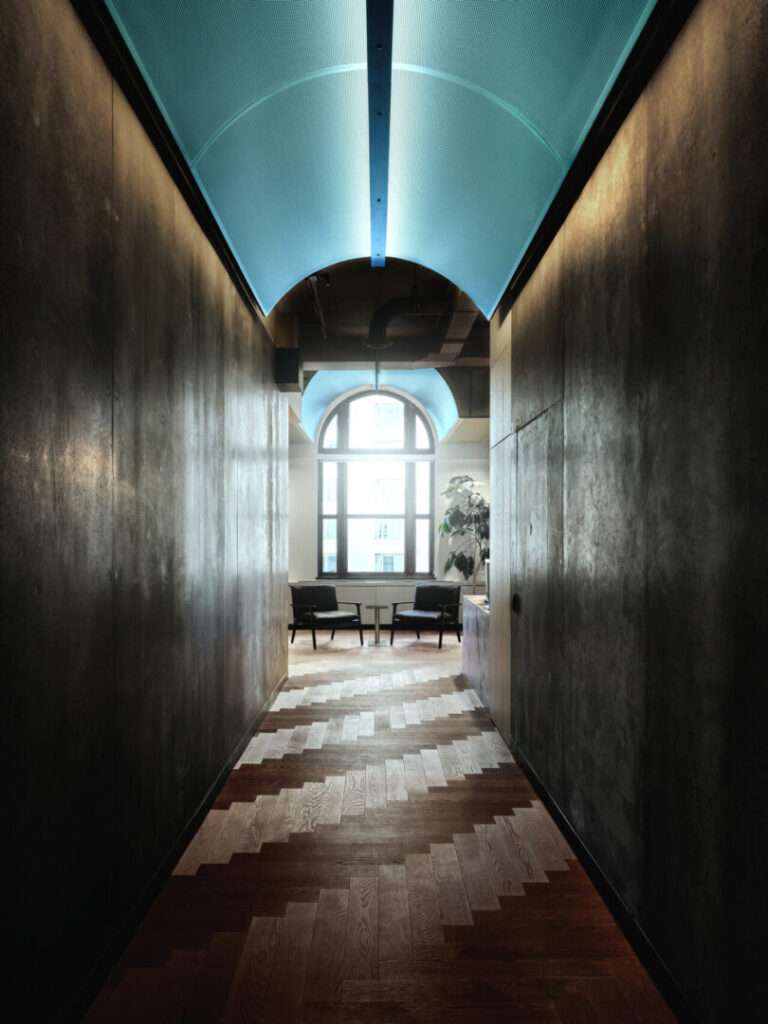
Reflect Architecture Makes Modern Deco Detailing That Delights
Toronto-based Reflect Architecture has a way with words – visually speaking – which pairs well with…
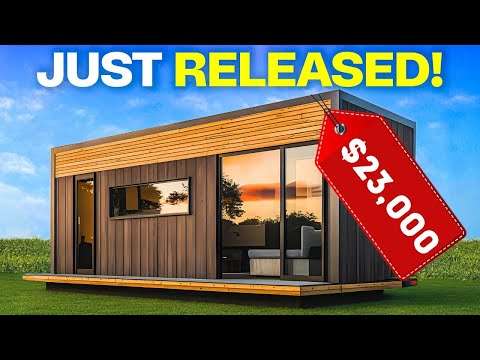
14 Modern Prefab Homes from $23k to $300k | Tiny House for Every Budget
14 Modern Prefab Tiny Homes You Can Set Up in a Day! | Best Backyard Homes…
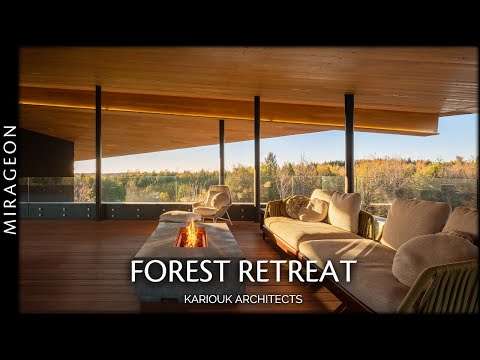
A Rustic and Modern Retreat | Forest Retreat
The owners for this project live abroad and sought a Canadian homestead — an anchor —…
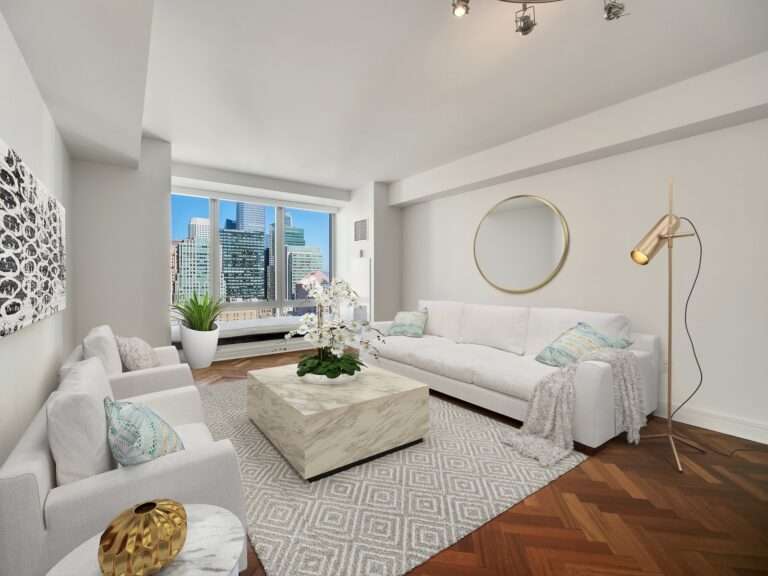
Comic Book Legend Stan Lee’s Former San Francisco Pied-à-Terre Lists for $1.35M
The creator of Spider-Man spent his time in San Francisco relaxing in this Four Seasons residence.